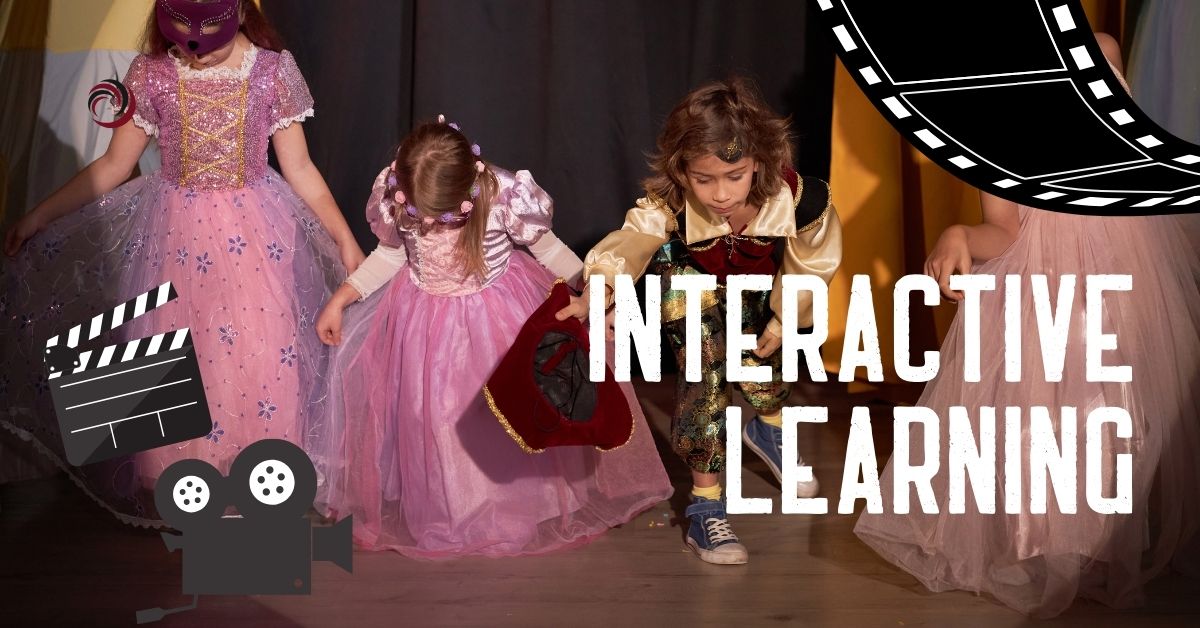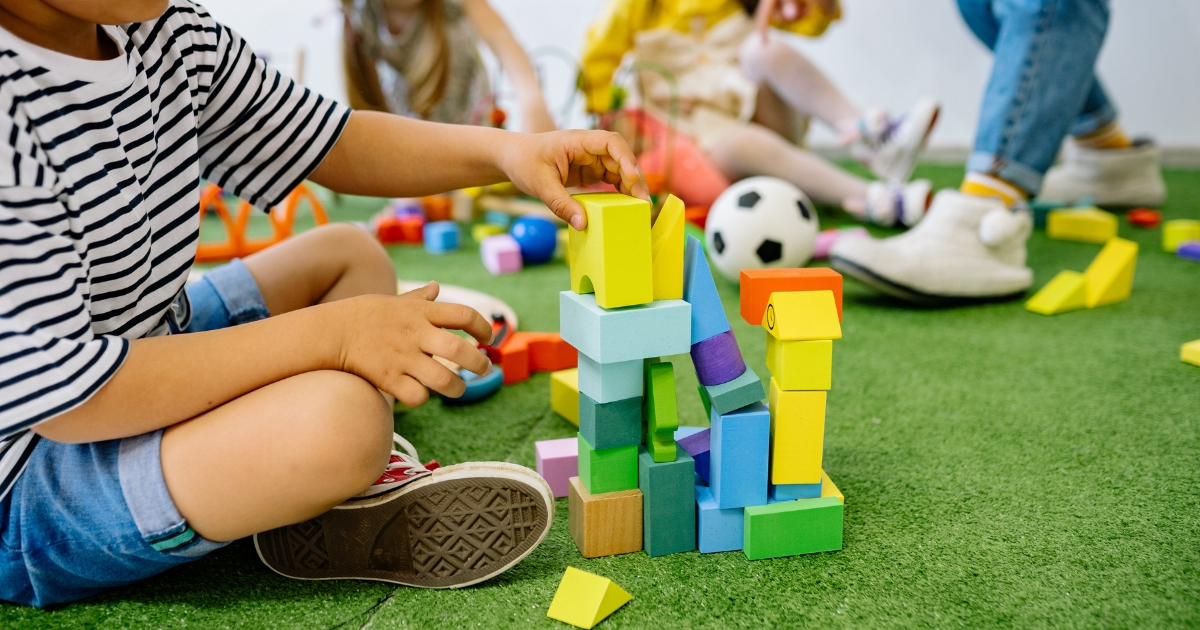In the world of homeschooling, understanding how your child learns best can be a game-changer. This brings us to the fascinating theory of left-brain versus right-brain learning. While it has sparked much debate, as a homeschooling parent, exploring these concepts can equip you with insights to tailor a homeschool curriculum that fits like a glove […]











